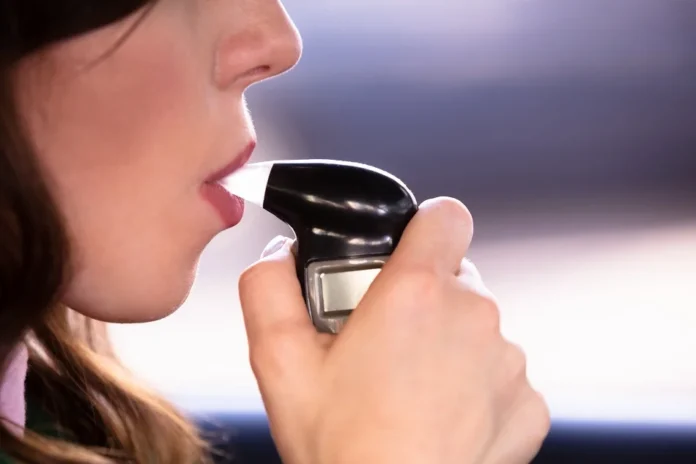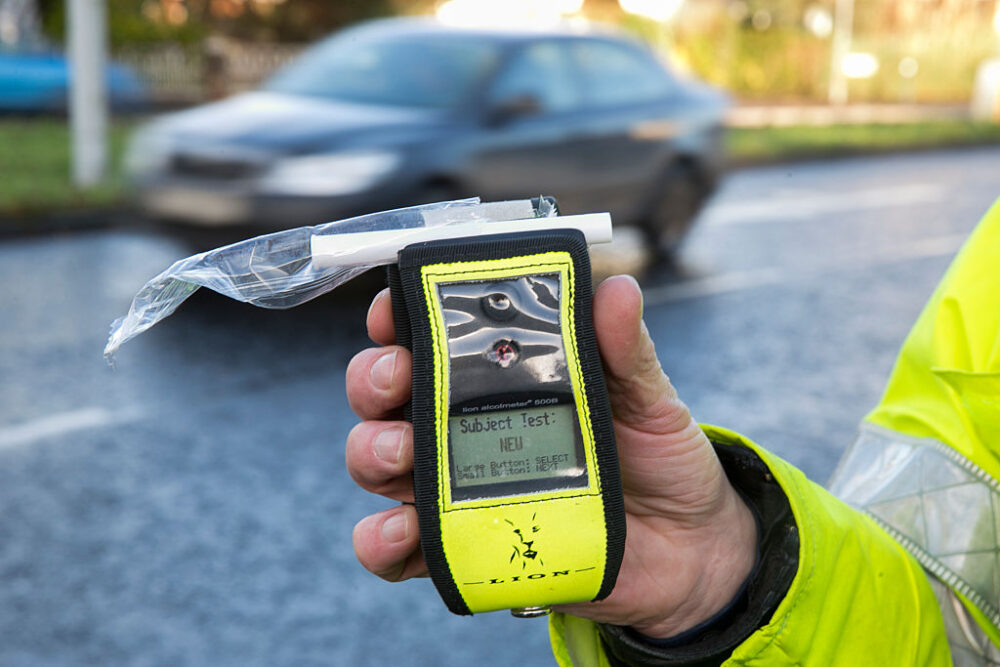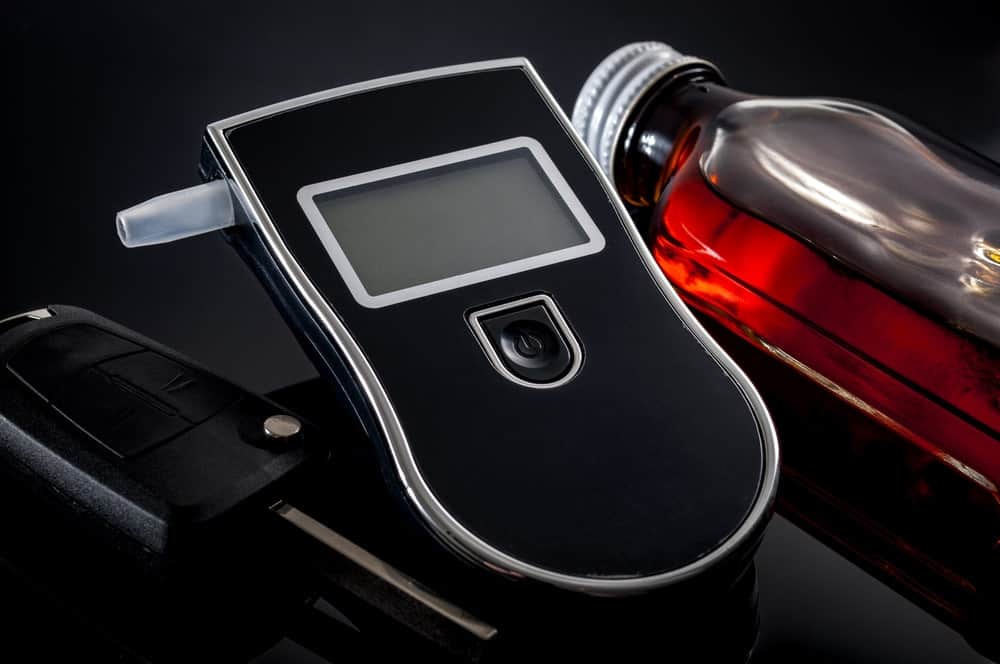
The breathalyzer test, a common tool for law enforcement agencies, has proven to be essential in maintaining road safety. Initially devised in the late 1920s, it has been a significant breakthrough in the field of sobriety testing. A breathalyzer is a device designed to measure blood alcohol content (BAC) from a breath sample. The process is non-invasive and provides immediate results, which are primarily used to determine if an individual’s alcohol consumption is within the legal limits for tasks such as driving or operating machinery.
The reasons for the invention and widespread use of the breathalyzer are rooted in considerations of public safety, particularly on our roads. Drunk driving cases contributed significantly to accidents prior to the rigorous enforcement of alcohol-related laws, underlining the need for a reliable and quick field-testing tool.
Profoundly, breathalyzer testing technology has quickly advanced to offer precise readings, which led to increased usage by law enforcement around the globe. This tool’s importance extends beyond regular roadside checks, often serving as key evidence in DUI lawsuits and contributing towards the broader goal of reducing alcohol-related incidents and promoting responsible drinking habits.
The Science Behind Breathalyzer Tests

The science behind breathalyzers is based on alcohol’s chemical properties and how it reacts with certain elements. When an individual consumes alcohol, it enters the bloodstream and is carried to the lungs. With each breath, expelled alcohol traces are carried into the Breathalyzer device.
The device uses a chemical reaction involving alcohol and a chromate producer to generate an electrical charge. It takes place in the Breathalyzer’s fuel cell, where the alcohol gets oxidized, resulting in the production of acetic acid, protons, and electrons. This reaction gives the device its accuracy, as the charge is directly proportional to the level of alcohol detected in the breath sample.
The next step involves converting this electronic signal into a blood alcohol concentration (BAC) reading. The Breathalyzer leverages a microprocessor to process the strength of the current and thereby calculates the BAC. This result is displayed on an LED screen. It is noteworthy that the breathalyzer doesn’t directly measure blood alcohol content but estimates it indirectly through the amount of alcohol in one’s breath. This science enables law enforcement to swiftly and accurately identify drunk drivers, even on busy roads.
Reliability and Accuracy of Breathalyzer Tests

The reliability and accuracy of breathalyzer tests have greatly advanced as technology has progressed. Modern breathalyzers, especially those using fuel-cell technology, have proved to be highly accurate and reliable, with only a minute margin of error. These devices are often calibrated to ensure their accuracy, and numerous tests performed by law enforcement officers and independent researchers have validated their precision. In many jurisdictions, the results have been deemed so reliable that they are accepted as evidence in courtrooms in cases involving drunk driving or similar offenses.
However, despite their high precision, certain factors could potentially influence the tests and skew the results. For instance, mouth alcohol – the presence of residual alcohol in the mouth or throat can give a falsely high BAC reading. This could occur from recently consuming alcohol or possibly from alcohol-based mouthwash.
Additionally, certain medications, medical conditions, or even some types of diets that affect ketone levels could potentially register as alcohol on some models of breathalyzers. As any competent drunk driving attorney would advise, user protocols, such as not smoking, eating, or drinking in the 20 minutes prior to testing, are established to ensure the reliability of the results.
Ethical and Legal Implications of Breathalyzer Use

One cannot discuss breathalyzer use without addressing the ethical and legal implications involved. The primary ethical concerns are linked to privacy and consent. Some argue that mandatory breath analysis constitutes an invasion of personal privacy, while others claim it is a necessary step to ensure public safety. Can law enforcement officers compel individuals to take a test without their full consent? These issues highlight the fine line between an individual’s right to privacy and the broader societal need for safety and order.
Legally, breathalyzer tests play an important role in DUI arrests and lawsuits. The penalties for refusing a breathalyzer test vary according to local and national laws. In many jurisdictions, refusal results in an automatic suspension or revocation of the driver’s license, while in others, it may be treated as an admission of guilt.
Additionally, the blood alcohol concentration determined by these devices is often the primary evidence in drunk driving cases. This highlights the need for these devices to be highly accurate and for the tests to be administered properly to prevent wrongful convictions. It is therefore necessary to have clear-cut laws regulating breathalyzer use to reconcile the need for road safety with respect for individual rights.
The breathalyzer test, despite being a century-old invention, continues to play a significant role in road safety and law enforcement around the globe. Rooted in basic scientific principles, the test serves as a non-invasive, reliable means of measuring blood alcohol concentration. Over the years, the technology has undergone remarkable advancements, improving the precision of modern breathalyzers and expanding the variety in terms of functionality and cost-efficiency.
While the benefits are unarguable, ethical and legal implications surrounding privacy and consent have stirred debates. The law attempts to balance the need for public safety and individual rights, with varying practices and penalties associated with breathalyzer tests across different jurisdictions. It is through this balance that society can continue utilizing these vital devices for safety while respecting individual rights. Ultimately, the breathalyzer test remains a critical tool, encouraging responsible alcohol intake and contributing significantly to overall public safety.








